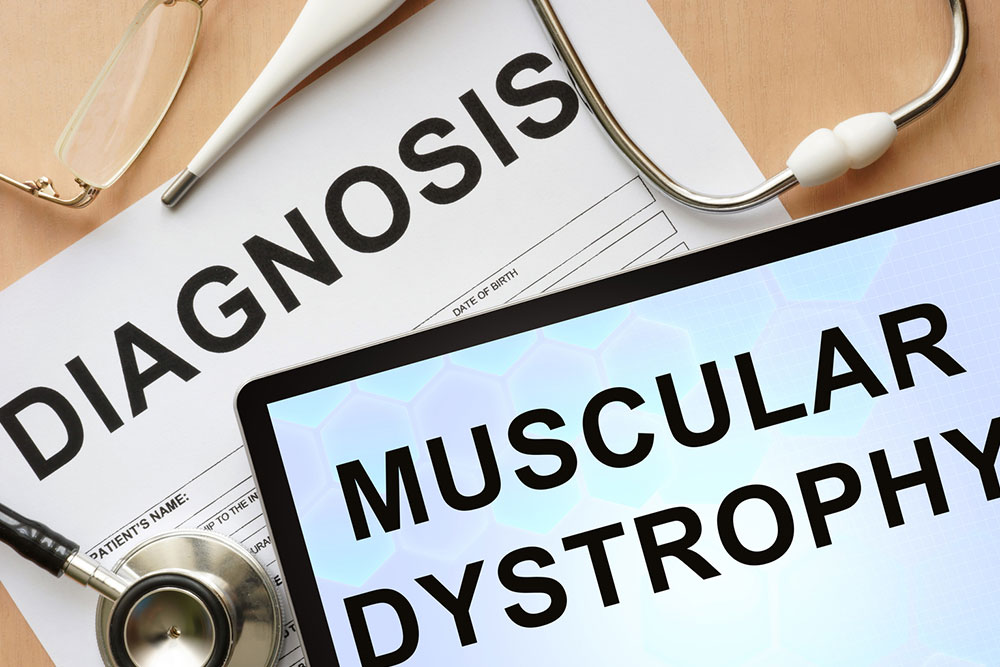
9 common types of muscular dystrophy
Muscular dystrophy is a group of disorders that cause a progressive loss of muscle mass, making it weaker and less flexible. While some people may experience the symptoms during early childhood, others don’t show any signs or symptoms until they become teens or adults.
There are over 30 kinds of muscular dystrophy. Each of these disorders varies depending on the genes that caused, the muscles it affects, the age when symptoms first appear and how quickly the disease gets worse.
There are nine common forms of muscular dystrophy disorders that people tend to get affected:
- Congenital muscular dystrophy
This muscular dystrophy is present at birth and it progresses slowly, affecting both males and females. This condition can lead to muscle weakness of muscles during birth and in the first few days of the child’s life. It can also result in brain abnormalities and seizures. - Distal muscular dystrophy
This form of muscular dystrophy weakens the muscles of the feet, lower legs, hands, and forearms. It is less severe in comparison and progresses slowly. - Duchenne muscular dystrophy
This is the most common form of muscular dystrophy found in children and it usually occurs between the ages of two and six years. This condition weakens the muscles as they decrease in size. It causes a progressive deformation of the arms, legs, and spine. Children with this condition don’t tend to survive over 20 years. - Becker muscular dystrophy
This condition is similar to the Duchenne but is milder in comparison. People with this condition can walk without any aid until their 30s and survive beyond adulthood. - Emery-Dreyfus muscular dystrophy
This form of muscular dystrophy weakens the muscles in the upper arms and lower legs. It can also lead to heart problems that are life-threatening. One of the most common signs of this condition is muscle shortening, which can indicate the onset of this condition. - Facioscapulohumeral muscular dystrophy
This condition causes a deterioration in the muscles of that move the face, an upper arm bone, and shoulder blades. The symptoms can range from mild to debilitating. People with this condition may develop problems related to walking, chewing, speaking and swallowing. - Limb-Girdle muscular dystrophy
This condition causes progressive weakness in the muscles of the hips which then moves on to the shoulders, arms, and legs. People with this condition lose their ability to walk within 20 years and live until middle age to adulthood. - Myotonic muscular dystrophy
This is the most common type of muscular dystrophy that is found in adults and the symptoms can appear during the period between childhood and adulthood or even later too. It cases myotonia or a prolonged stiffening or spasm of muscles after use, which can get even worse during the cold. In addition to the muscles, this condition also affects the heart, central nervous system, eyes, and gastrointestinal tract. - Oculopharyngeal muscular dystrophy
This form of muscular dystrophy weakens the muscles in the eye and face, causing difficulty in swallowing and in some cases even pneumonia. This condition can also weaken the pelvic and shoulder muscles in the later stages.


